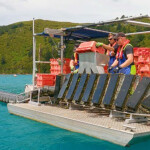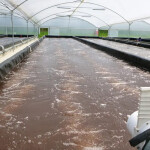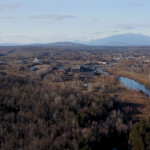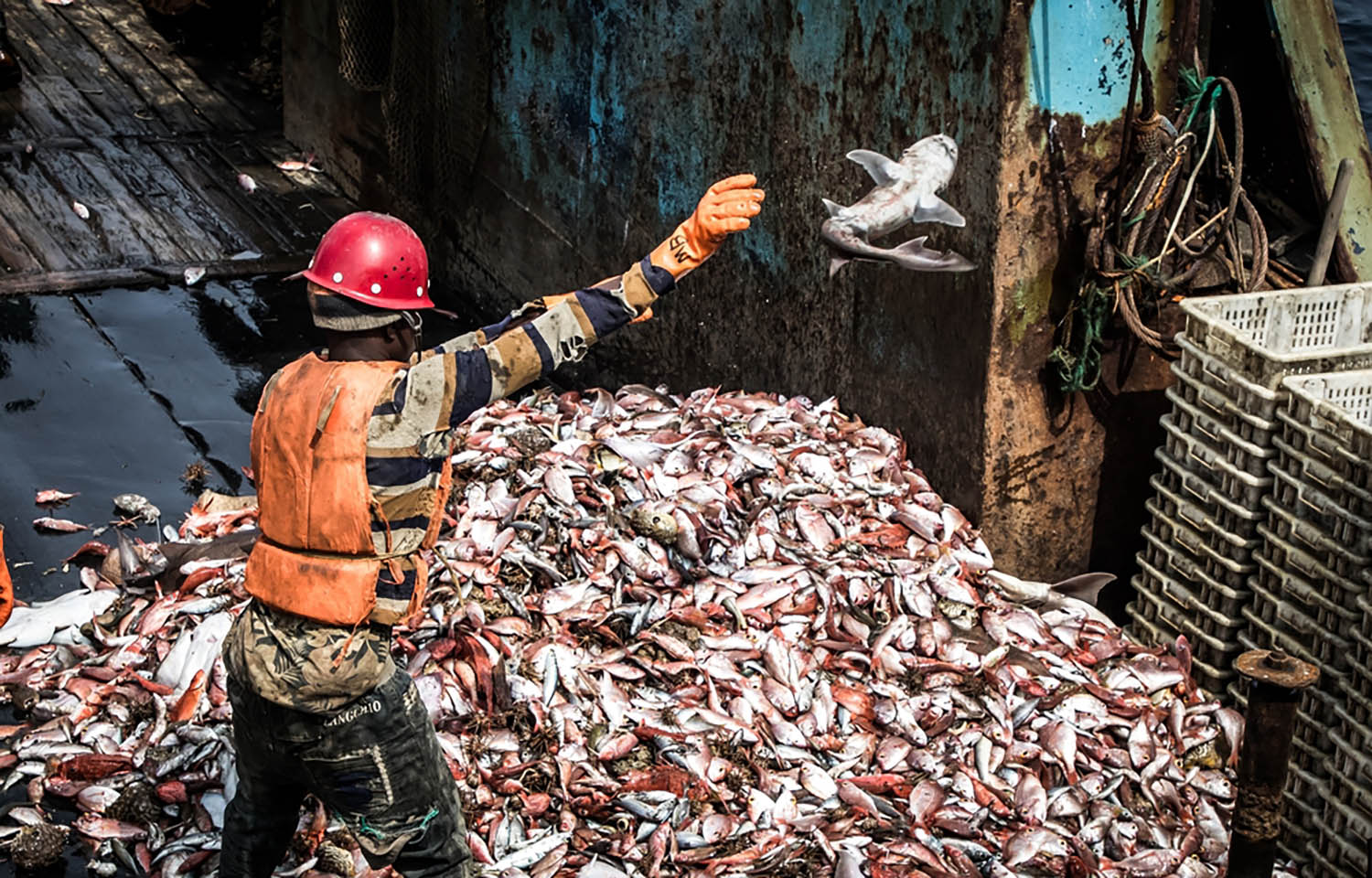A new study conducted by researchers from the University of Florida Institute of Food and Agricultural Sciences (UF/IFAS) has revealed 22.7 percent of total seafood supply in the U.S. is lost or wasted – significantly lower than previous Food and Agriculture Organization (FAO) estimates that stated 50 percent of the supply went to waste.
Published in the journal Nature the study, titled “Aquatic food loss and waste rate in the United States is half of earlier estimates,” aimed to provide updates to 2011 FAO estimates on aquatic food loss and waste (FLW) by addressing several key assumptions that led to potentially inflated numbers.
To achieve a more accurate analysis of FLW totals than the FAO study, the UF study tried to narrow in on FLW differences between species, production technology, origin, and stage of supply.
“The method is the same [as FAO’s], but the data are more detailed,” UF/IFAS Professor Frank Asche, who was a contributing author to the study, said. “The key is not the differences between the different countries but to account for the differences of the species being consumed and the parts of the fish not being exported but still being used.”
Aquatic foods, according to the study, are particularly vulnerable to FLW, as they are valued higher when sold fresh or live rather than frozen or shelf-stable. This method of sale requires dependable cold chain management that, if not present, results in a high perishability rate of products.
Through its narrowed focus, the study found the highest rates of physical loss of aquatic foods occur at the production and consumption stages of a product’s life cycle, while quality loss is most prevalent in the production and processing stages.
Nearly two-thirds of waste occurs when consumers cook meals at home, which is a statistic consistent with past studies, and high-income countries contribute to higher waste rates.
Seafood products accounting for the greatest production losses are shrimp, catfish, salmon, canned tuna, and tilapia.
Reducing food loss and waste is an important factor in securing global food security and the health of the planet, according to the study, which highlighted that the majority of FLW ends up in landfills, representing a significant waste of dwindling resources.
“Reducing waste is about more than just harvesting the right number of fish,” University of Florida Institute of Food and Agricultural Sciences Professor James Anderson, who was also a contributing author on the study, said. “It’s about harvesting them well and minimizing waste. It’s about not losing quality and quantity in the process.”
To alleviate the issue, the study broke possible solutions down by the opposite ends of the supply chain: production and consumption.
Aquaculturists can benefit from improvements in water quality, disease prevention, and improved hatchery genetics to reduce mortality. Capture fisheries can reduce unwanted catch through bycatch-monitoring efforts and improve cold chain strategies and handling of fish.
On the other side of the supply chain, consumers can benefit from improved education and proficiency in preparing aquatic food, including learning about a product’s perishability and how to plan and prepare meals to reduce waste.
By addressing species and challenges at each stage of the seafood supply chain from production to consumption, the seafood industry can implement targeted solutions to reduce FLW, becoming more sustainable and increasing global food security amid a landscape of limited resources, according to the study.
“As food security, economic, and sustainability challenges grow, strategies to reduce losses and waste of economically valuable and healthy aquatic food products become ever more essential,” the study said. “Accurate and reliable data on FLW are urgently needed in many countries, sectors, and supply chains to track progress toward policy goals and refine interventions.”








